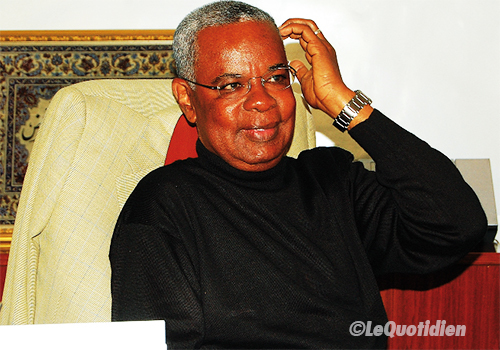

Mr Niasse, having tried to go directly to the VIP lounge, was asked to follow the marked route. He was accompanied by two North African-looking individuals, who seemed bothered. When the passengers got off, we observed the presence of Ahmed Khalifa Niasse, known notoriously for his dealings with Libya. The following description of the event (Dakar Airport, 20 February 1988) is taken verbatim from the Police Report. Their luggage did indeed contain some TNT and SEMTEX-H explosives, a Beretta handgun with a silencer, a box of 25 bullets, a bunch of detonators and, last but not least, a boxed MST-13 timer. But the story of the Senegal timer is out of a “serialized novel”.ĭuring the night of 19 to 20 February 1988, two Libyan citizens and one Senegalese man were arrested upon their arrival at Dakar airport, Senegal.Īn anonymous caller had warned the Authorities that the three men were carrying weapons and explosives in their luggage. The story of the Togo timer was weird and murky. What do we know about this Senegal Timer? Without the Togo timer, PT/35(b) could not have been identified and therefore there would have been no case, let alone an indictment, against Megrahi and Fhimah.īut it is the Senegal timer that made it possible to connect PT/35(b) to MEBO. It turned out that the CIA was “fortunately” in possession of such a MST-13 timer (K1)which had been allegedly brought back to the US by some US Government employees following a visit to Togo in the fall of 1986. It was also necessary to match PT/35(b) to the MST-13 timers which had “solely” been supplied by MEBO to Libya. PT/35(b) may very well have been necessary to “solve the case”, but it was certainly not sufficient.

As Richard Marquise himself said: “Without PT/35(b), there would have been no indictment.” PT/35(b) is the critical piece of evidence that pointed the investigation towards Libya.


 0 kommentar(er)
0 kommentar(er)
